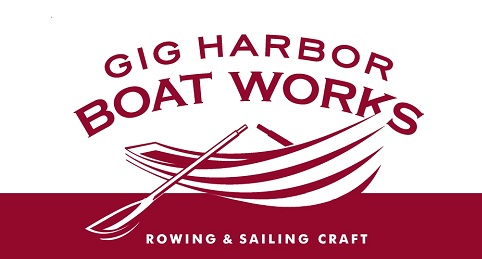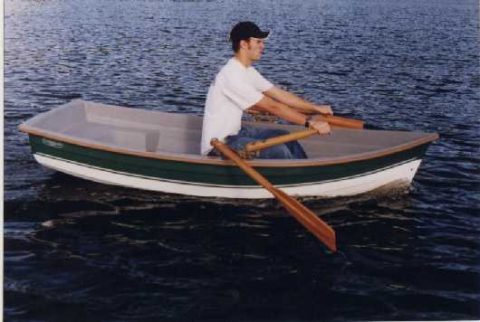Research & Development
Forward Rowing Home | What is it? | Testimonials | Forward Rowing FAQ | Installation
The original idea for forward rowing has been lost in antiquity. However, the Gig Harbor Boat Works Forward Facing Rowing System was inspired by a reciprocating hinge used by duck hunters in the southern U. S. swamps during the late 1800’s.
These early forward rowing devices were clever, but suffered from some inherent design flaws. Weak areas in the pivots and limb arms required the strength of cast iron, as they would fail when made from metals more appropriate to the marine environment. However, iron pins and bearing surfaces required that the unit be slathered with grease to prevent seizing up under load.We used modern engineering techniques to analyze the original design for forward rowing systems and made a series of improved versions. These prototypes were constructed of soft, 15,000 p.s.i. aluminum, and were tested by a strong oarsman on a 16’ Dory with long oars. The aluminum quickly identified trouble areas, and after trial tests, a shape finally evolved which had no failure. That pattern was then used to make the finished castings out of stainless steel. The movement is smooth and natural, with no mechanical feel. The harder you pull on the handles, the smoother it feels.
Less stress is imposed on the gunwales than with standard oarlocks because the link arm pivots on a stainless steel hinge pin. Oar blade speed is increased because the oar cradles are asymmetric; the blade travels 15% faster than a traditional oar with the same handle speed.
Using this forward system for the first time, the rower will find that rowing straight towards a destination is purely instinctive. Just point the boat where you want to go and pull on the oars. When changing directions, experienced rowers will often turn the wrong way the first few times, but novice rowers have no problem at all. After just a few moments, it will become as instinctive as driving a car; after about 15 minutes of rowing, almost everyone will look over their shoulder to see the straight wake and will wonder why they ever thought rowing backward was ‘normal.’


